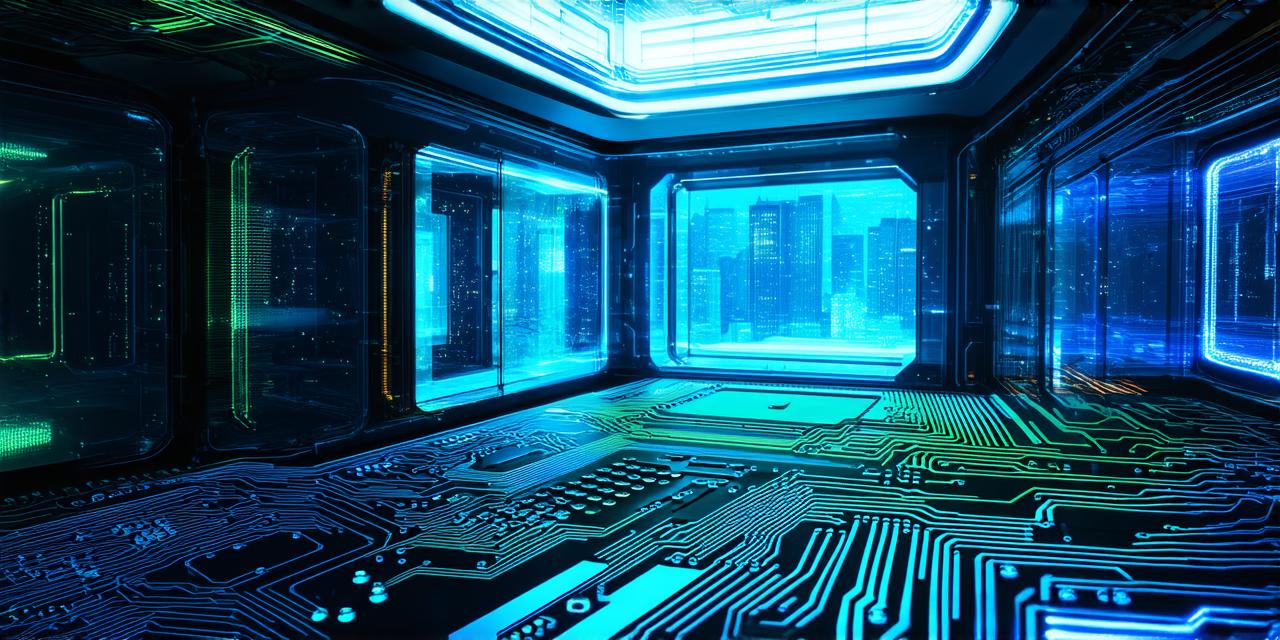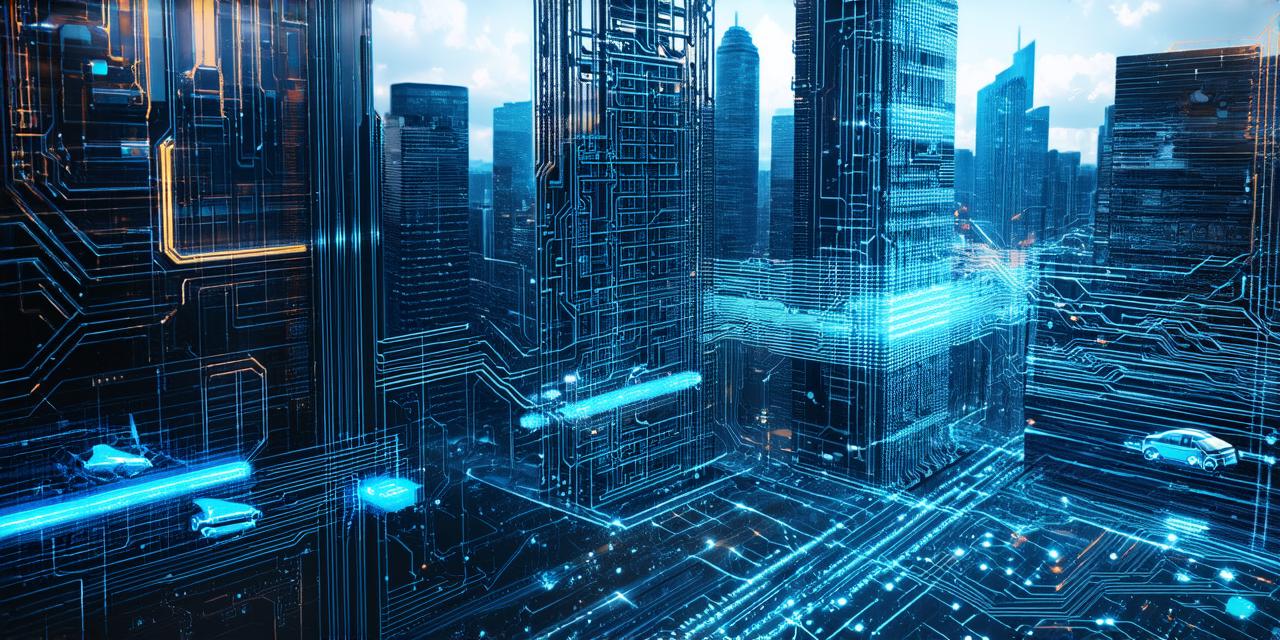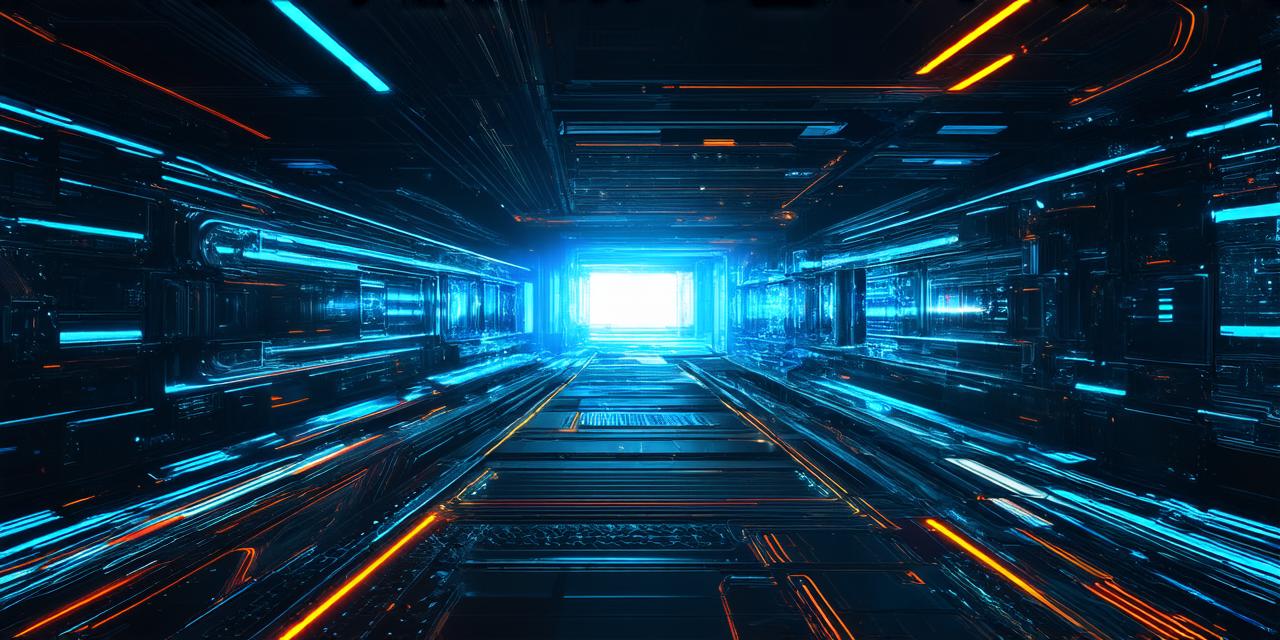Mixed reality (MR) is a type of augmented reality (AR) technology that combines virtual objects with real-world environments. It allows users to interact with virtual objects in a real-world setting, creating a more immersive and interactive experience.
1. Real-World Capture
Real-world capture is the process of capturing the physical world around us and using that data to create a virtual representation of it. This can be done through a variety of methods, including depth cameras, motion sensors, and other types of sensors. The data captured by these devices is then used to create a 3D model of the real-world environment, which serves as the foundation for the mixed reality experience.
1. Virtual Objects
Virtual objects are the digital representations of physical objects that are added to the real-world environment. These objects can be anything from simple shapes and colors to complex models with intricate details. The virtual objects are designed to interact with the real-world environment in a natural and intuitive way, allowing users to interact with them as if they were real.
1. User Interface
The user interface (UI) is the way that users interact with the mixed reality experience. This can include hand gestures, voice commands, or other types of input devices. The UI is designed to be intuitive and easy to use, allowing users to quickly and easily navigate through the virtual environment and interact with the virtual objects.
1. Tracking and Rendering
Tracking and rendering are two key components of mixed reality that work together to create a seamless and realistic experience. Tracking is the process of tracking the position and orientation of the user’s device in the real-world environment, allowing the system to accurately place virtual objects in the correct location. Rendering is the process of generating the virtual environment and displaying it on the user’s device in real-time. Together, these two processes create a smooth and realistic experience that allows users to interact with virtual objects in a natural and intuitive way.
1. Content Creation
Content creation is the process of creating the virtual objects and environments that make up the mixed reality experience. This can include everything from simple 3D models to complex animations and interactions. The content must be designed to work seamlessly with the real-world environment, allowing users to interact with it in a natural and intuitive way.
In conclusion, mixed reality is a powerful technology that combines virtual objects with real-world environments to create a more immersive and interactive experience. The key components of mixed reality include real-world capture, virtual objects, user interface, tracking and rendering, and content creation. By understanding these components and how they work together, developers can create mixed reality experiences that are both seamless and realistic, allowing users to interact with virtual objects in a natural and intuitive way.



